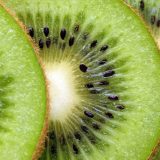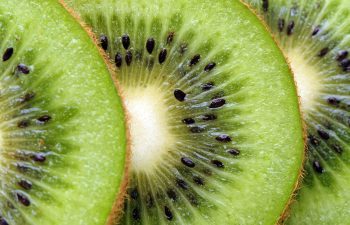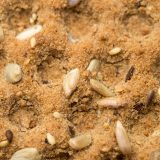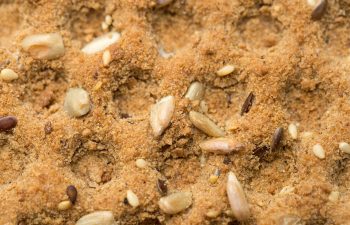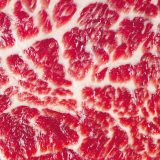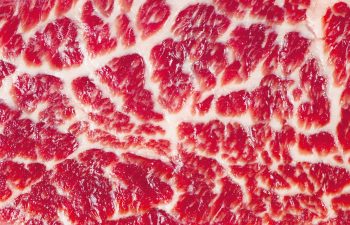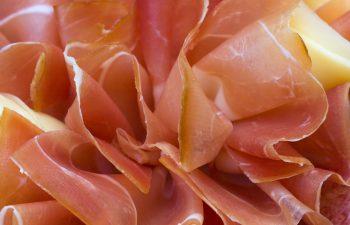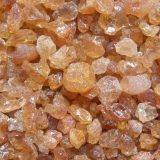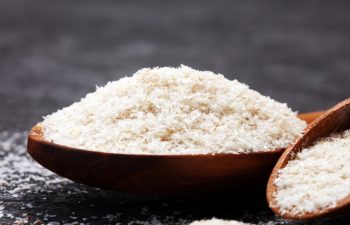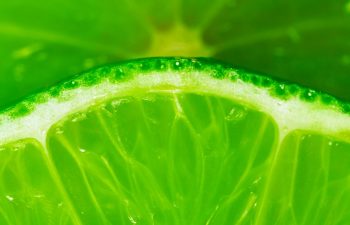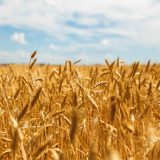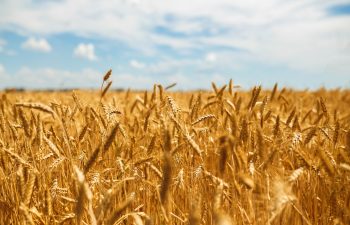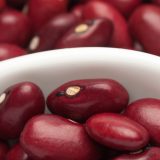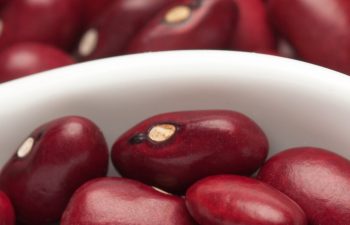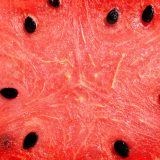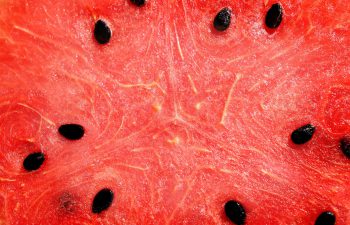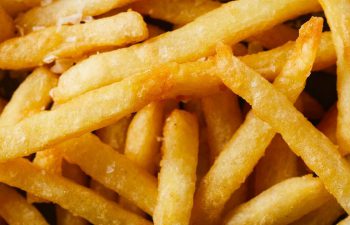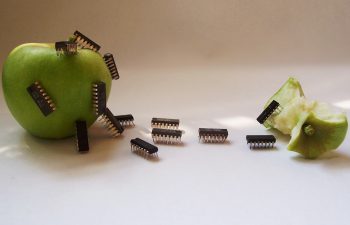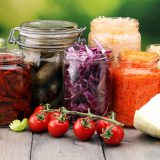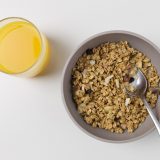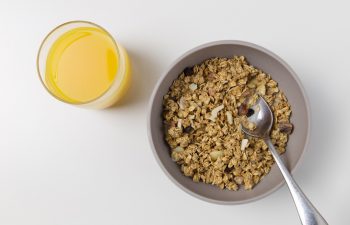Enzymes are used in food processing as a natural way to improve nutrition and texture. Learn about their importance in plant-based foods, infant formula, and more.
Food Science and Technology
Scientific research studies play a vital role in advancing our understanding of human health and making evidence-based decisions. In the field of nutritional science, researchers employ different types of studies to unravel the complex relationship between nutrition and well-being. This infographic provides a concise overview of the main types of nutrition research study design, highlighting… Read more »
In 2022, our experts focused on a few of the major factors influencing the world of food, beverage, and nutrition – the microbiome, food waste, and nutrients linked to health like fibre and omega-3 fats. These nutrition articles were the most popular among our readers from our content published last year.
How are enzymes used to make food more sustainable? Learn about the importance of enzymes in reducing the environmental impact of food production of food categories like bakery, meat, fish, and brewing.
What is cultivated meat and how is it made? What is the environmental impact of replacing conventionally grown meat with cultivated meat, and will it be one of the greatest human achievements to date? Kyle Probst, PhD, explores the science to find answers to these questions.
In this on-demand webinar, our experts will answer questions about the current landscape of plant-based foods, what the future may bring, and technical hurdles to overcome to get there.
Global conditions like sodium reduction initiatives and disruptions in supply and pricing of lactic acid mean acetates are getting increased attention. Here, we describe their efficacy as a preservative to reduce food waste and sodium content in meat.
Choosing fibre sources can be difficult because different fibres have different health benefits as well as different functional properties in food. This article provides an overview of Acacia fibre, including its origin, high digestive tolerance, and examples of how it can help formulation of different foods and beverages.
Learn how dietary fiber can improve the texture, functionality, and nutrition of plant-based meat alternative and meat products.
Upcoming EU regulations will change which types of natural flavouring sources are acceptable in organic products. Nicolas Barthes, BSc walks through the legislation, how extracts are made, and how to decide which type of extracts are appropriate for different foods and beverages.
Learn about the purpose of lecithin and other emulsifiers in food, which foods typically contain them, and more.
The food currently lost or wasted globally is enough to feed 2 billion people. This article uses bread and bakery as a case study to review how individuals and food producers can take action against food waste.
Plant proteins are seen as key to the future of the planet, but they may have some limitations for active ageing. This article reviews actionable strategies such as processing, protein blending, or targeting leucine content that can improve the ability of plant proteins to promote active ageing.
Animal nutrition has a direct impact on human health ‘You are what you eat’. This phrase is used to encourage us think hard about our food choices, but what does it really mean? And when we think about what we eat, what is the impact of the nutrition that is provided to the animals that… Read more »
Conscious consumers want to feel that a food or beverage aligns with their beliefs, which has led to a push for claims like ‘free from artificial colors or preservatives’, ‘organic’, and ‘made with natural ingredients’. Consumers who seek foods that they perceive as natural and healthy don’t offer the industry a consistent definition of what… Read more »
I often find myself wondering “what difference would personalized nutrition make?” Even if you could tell someone what food is healthy specifically for their genetics or lifestyle, so what? People have known for decades to eat more fruits and vegetables to improve their health, yet most people aren’t doing it. Scientists are debating every day… Read more »
Why Acrylamide is in Headlines: European Consumer Organizations calling for stronger consumer protection Acrylamide is a suspected carcinogen that forms in foods with certain sugars and amino acids, when processed at a high temperature. Over the last number of years, rising awareness of it as a carcinogen has resulted in some governments introducing regulations with… Read more »
Consider the fundamental change from milk to brie cheese or grapes to wine. Such is the power of fermentation. Fermented foods result from the growth and metabolism of live cultures, transforming a precursor food (such as milk) into a fermented food (cheese). The fermentation process may result in changes in taste, texture, aroma, nutritional value,… Read more »
Personalized nutrition has been around for a long time, but technology has brought it mainstream Dietitians have been doing personalized nutrition counseling for decades, but evolution of technologies and interest in food has brought personalized nutrition to the mainstream spotlight. This began with diet and activity trackers like MyFitnessPal, but has evolved to programs like… Read more »
Fermented foods have been gaining popularity as the next ‘functional food’. Yogurt is a fermented food that has been a mainstay in the diet for quite some time, but new foods that may offer health benefits are now getting more attention. This infographic from the International Scientific Association of Probiotics and Prebiotics (ISAPP) highlights potential… Read more »
Dietary fiber has become an important functional ingredient in recent times due to growing consumer interest in the many health benefits of fiber touted by the scientific community (Anderson 2009). Fiber has been recently defined by the FDA as “non-digestible soluble and insoluble carbohydrates (with three or more monomeric units) and lignin that are intrinsic… Read more »
Whey, previously a by-product of cheese-making previously used as fertilizer or thrown away, is now the most well-known ingredient in the sports industry. Identifying nutritious ingredients from by-products is one way to drive innovation.

